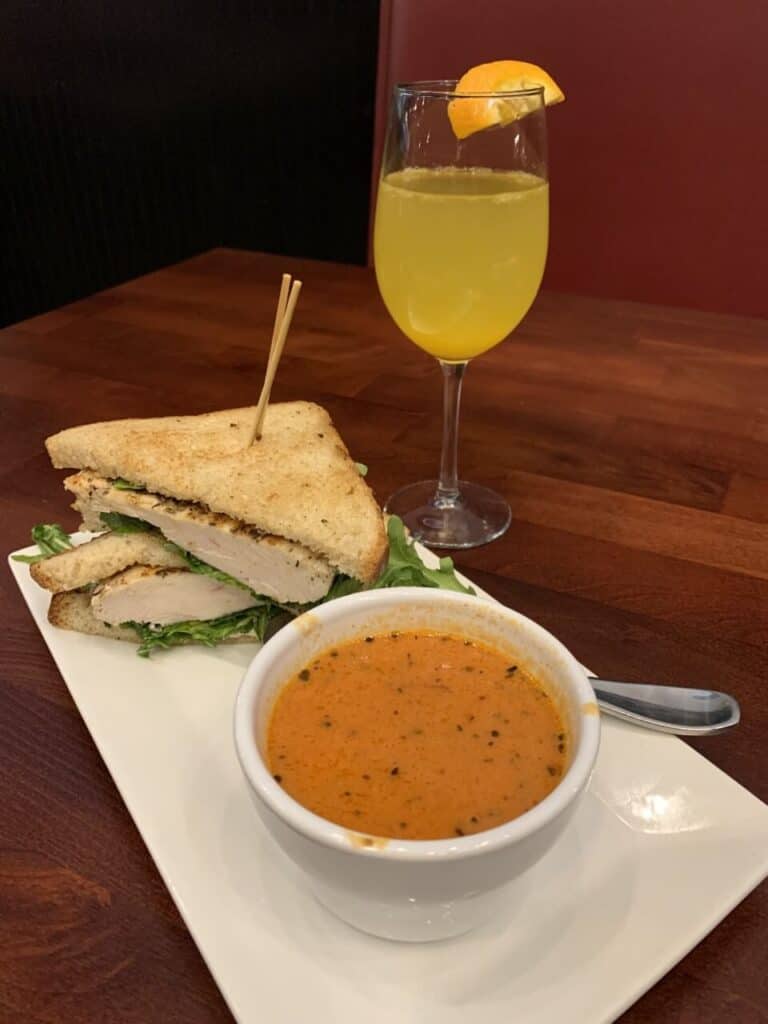The Creepiest Ghost Towns in Washington State
This post may contain affiliate links. This means if you make a purchase, we may receive compensation at no cost to you. Please view our full disclosure policy for more information.
Washington became a state in 1889, and before that, people had lived here for generations. With a timeline like that, it makes sense that Washington is home to quite a few ghost towns! If you’re looking for ghost towns in Washington state, you won’t want to miss this list.
From abandoned mining towns to state-run aslyums, there are plenty of creepy-crawly ghost stories to keep the whole family entertained. But should you be there after dark? That’s up to you!
Ghost Towns in Washington State
Govan
Once a farming community, people eventually abandoned the east Washington town (pronounced “Go-Van”) once the venture dried up. As people left, buildings became dilapidated.
Today, Govan is a ghost town, with an old school house and post office, along with a few other buildings. It’s a fun area to explore and learn the history of its time, just a little more than 90 minutes west of Spokane.
Some may consider the town haunted, knowing there were allegations of a murder in the early 1900s. What did the town in, though, wasn’t the hauntings but rather a fire that took out the town – twice. According to the locals of Govan, after the last fire in 1974, no one rebuilt after that and most of the townsfolk moved away.
It turns out, a few (3!) people do live in Govan. Check out this fascinating video of the town of haunted Govan below:
A short drive northeast of Govan, Sherman is another ghost town that failed during the homestead era. With an old cemetery adding the fear factor, Sherman may be a true ghost town. You can also check out the remains of a schoolhouse (why are there always schoolhouses remaining in these towns?!).
Chesaw
Chee Saw, an Asian businessman, opened a store in what would become Chesaw during a short-lived gold rush.
When the miners gave up and abandoned the area, logging companies saw their own version of golf in the hills and started cutting down the trees. Chee Saw’s business again boomed. Eventually, the trees disappeared and so did the logging companies.
Eventually, the once prosperous town suffered decline and fire, and was never fully restored to its former frenzy.
Today, the small town of about 10 people – about three hours north of Spokane on Highway 395 – still has a few abandoned buildings to explore.
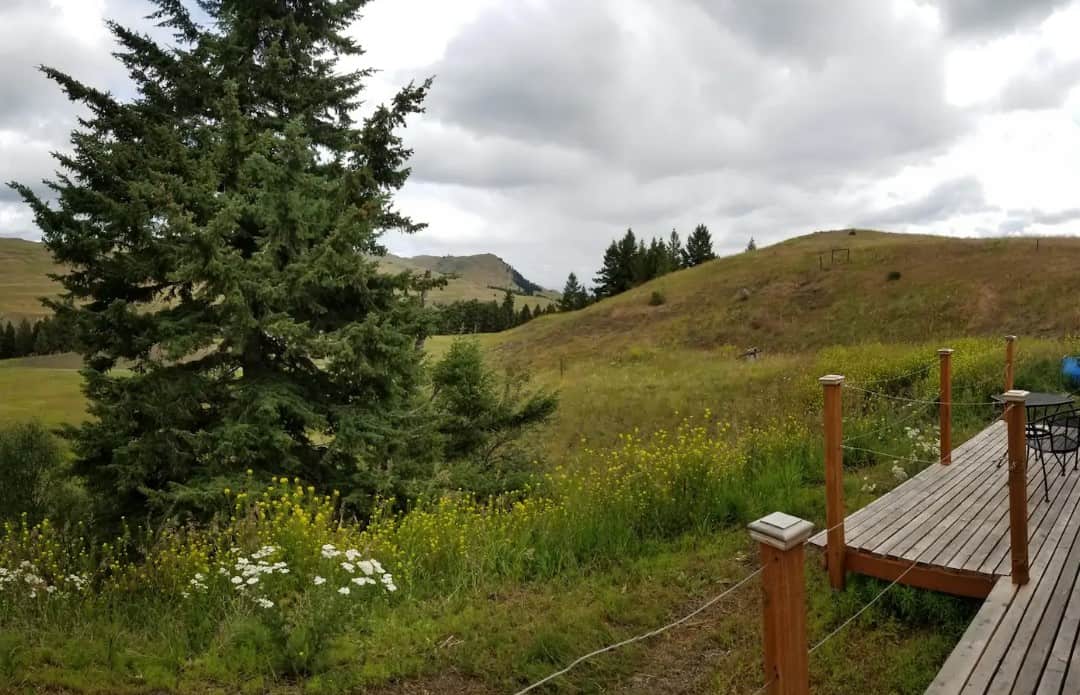
Molson
Located about 20 minutes northwest of Chee Saw, Molson once had a population of about 300, as miners dreamt of striking it rich with gold. When an arrogant farmer decided to claim most of the town was on his homestead, the town began to dry up.
According to Only in Your State, the farmer published an official notice that everyone in Molson was trespassing, and they all had to leave. Citizens formed the site of New Molson about 1/2 mile north, but it didn’t last long.
When their dreams were crushed, the miners moved on, but Molson didn’t.
Today, however, the community of about 19 is home to an open air museum called Old Molson Ghost Town, with preserved buildings that you can explore, as well as view old farm machinery and mining equipment. The schoolhouse is another museum offering a look at life during Molson’s heyday.
The open air museum was estalblished in 1960 to remember the rich pioneering history of Old Molson and is open year round during daylight hours. You are responsible for your own safety!
Monte Cristo
Possibly one of the scariest ghost towns in Washington is located in southwest Washington, about two hours from Portland. Monte Cristo once served as a mining town. In the 1890s, mining brought thousands of men to Monte Cristo, an isolated area on the eastern edge of Snohomish County.
By 1893, there were more than 200 mining claims. Unfortunately, funding woes, flooding and declining mining potential caused production to cease by 1907. As the mining faded, Monte Cristo eventually disappeared.
Today, a few relics remain, which means that when you visit, treat the area respectfully. You’ll need to plan well for a hike to Monte Cristo, too, as you’ll need to hike about four miles into town along a closed road.
The most challenging part of the hike may be crossing a stream on a log. Not a bridge, but a log! Here’s what the Washington Trails Association recommends when hiking into Monte Cristo:
“Start at the Barlow Pass trailhead and hike along the closed road for about 4 miles. The way is fairly level, with a few steep spots. Floods in 2003 and 2006 have also taken chunks out of the road, which provides ample evidence as to why this road was never re-opened.
Per the Forest Service, the log crossing hikers must do on the way to the town side is not a bridge. The road is on a Snohomish County road, and the USFS cannot build a bridge on this property. Monte Cristo Preservation Association members may occasionally do work on the log to “improve” it, but it is not a bridge.”
You will also need a Northwest Forest Pass to park and hike.
As you visit Monte Cristo, the fear factor may rise, knowing that you’re the only ones in the area, and, who knows, maybe a few spirits from the miners? Since you’ll be hiking some distance, pack plenty of water and treats to stay hydrated and full.
Melmont
With a hiking trail named Melmont Ghost Town trail, you know the (former) town of Melmont is hiding some secrets! Founded in 1900, Melmont was primarily known for its coal production, producing 4% of Pierce County’s coal at its peak.
At its peak, Melmont boasted a saloon, store, train depot, hotel and houses, but unfortunately by the 1920s, much of the town was abandoned and then destroyed in a fire.
Now, you can hike the Melmont Ghost Town trail (beware – it’s muddy!) for a 6 mile roundtrip following an abandoned rail grade. You’ll see the remnants of the old town, including the old bridge where a wagon bridge used to span the river, and the old school basement.
Nighthawk
Registered with the Historical Society as a ghost town, Nighthawk was a mining town and supply center for the mines in the area. In its heyday, Nighthawk had a hotel, schoolhouse, mining office, and old mill – all which are still standing!
Claquato
Only two landmarks remain in Claquato – the church and the cemetary. Claquato has a long past. Named originally by the Native Americans in the area, Claquato means “high land” or “high prairie” and was a seasonal campsite for those who originally lived there.
In 1851, Lewis Hawkins Davis claimed the land after arriving from Independence, Missouri. Over time, the area was sparsely populated by families and men looking for opportunity in the west. Over time, the area grew, but when Davis passed away after falling from his sawmill, the town began to slip into obscurity and was eventually abandoned in 1902.
Northern State Asylum: A Truly Creepy Ghost Town in Washington State
About 2,700 people were committed to Northern State Asylum over nearly 70 years. At one time, it was the largest facility for “mentally ill” people in Washington State and was an entire town itself. The Olmstead Brothers, who helped improve Manito Park, designed the landscape at Northern State.
In the 1970s, the public perception of mental hospitals began to change, and in 1976 Northern State Aslyum closed after the State Legislature cut off its funding. Since then, some of the buildings at Northern State have been torn down, but others remain in use for projects and drug rehabilitation.
Today, much of the property is part of the Northern State Recreation Area. With trails that take you past some of the barns and other out buildings, you can view some of the institution’s remaining area, but it’s off limits to the public. You do not need a parking pass or entry fee to visit this area.
Your hike will take you past an old cemetery, where about 1,500 have been buried. Visiting the cemetery can help tell the institution’s story in a way that textbooks cannot. However, to avoid the fear factor, it’s recommended you not be there after sunset.
Planning Your Trip to Visit Washington State’s Ghost Towns
If you’re planning a trip to visit Washington state’s ghost towns, make sure to check ahead that they are open, accessible (especially in the winter) or require any specific parking pass or entry fees.
While most people think ghosts and demonic spirits when you mention ghost towns, but, really, the ghosts of most of Washington’s abandoned towns are the spirit of each community. While some ghost towns do present a chill factor, you’ll find more history than evil spirits. Regardless, the ghost towns of Washington are must-sees.
Will you be making a trip this year to visit Washington’s ghost towns? Let us know at our Facebook page here!

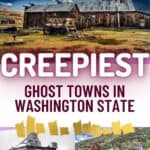
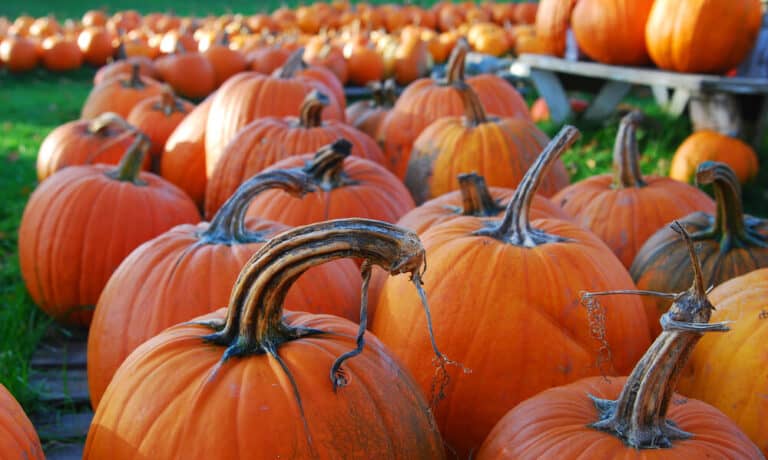

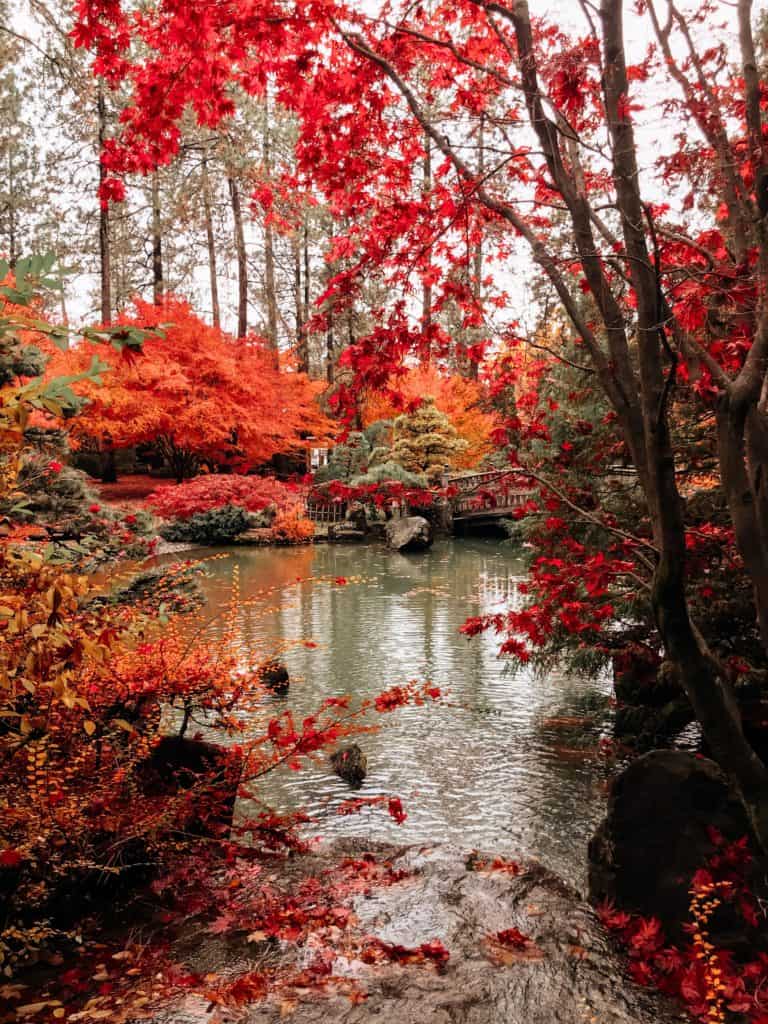

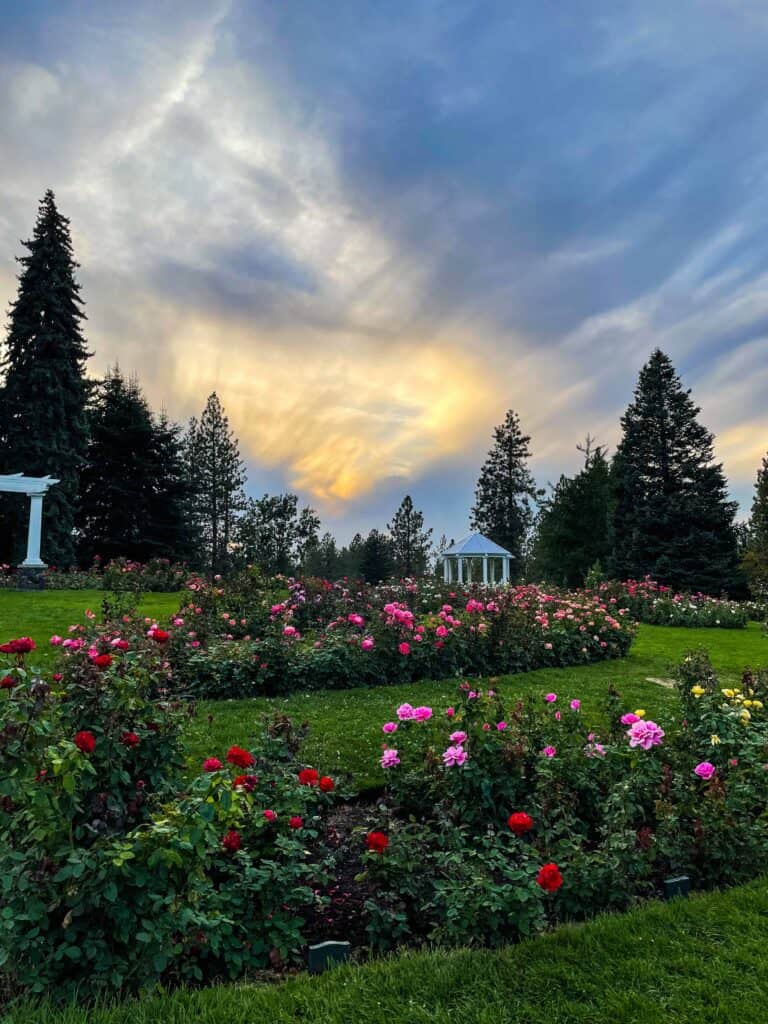
![Birthday Freebies Around Spokane [Updated for 2024]](https://everydayspokane.com/wp-content/uploads/2020/02/birthday-freebies-in-spokane-768x1152.jpg)


